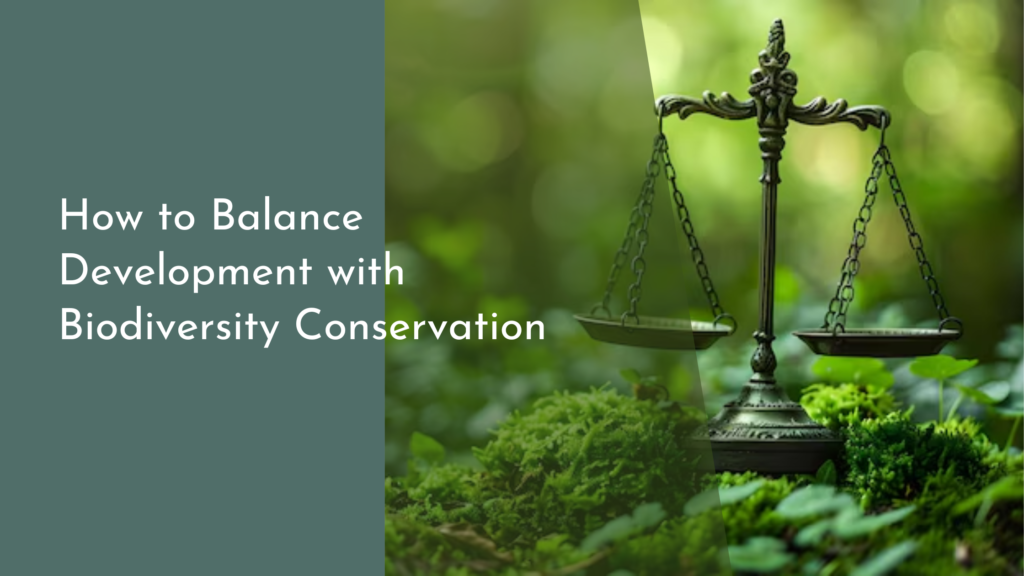Debt-for-Nature Swaps: Financing Global Restoration Efforts
In an era where environmental concerns are at the forefront of global discussions, innovative financial solutions are emerging to tackle the pressing challenges of biodiversity loss and climate change. One such solution is the concept of debt-for-nature swaps, a mechanism that allows countries burdened by debt to alleviate their financial obligations in exchange for commitments to environmental conservation. This approach not only provides immediate financial relief but also fosters sustainable practices that benefit both local ecosystems and global climate health. As we delve into the intricacies of debt-for-nature swaps, we will explore their mechanics, successes, and the promising future they offer for global restoration efforts.
Understanding Debt-for-Nature Swaps: A Win-Win Solution
Debt-for-nature swaps are financial arrangements in which a portion of a developing country’s foreign debt is forgiven in exchange for local investments in environmental conservation. This innovative strategy serves as a win-win solution for both creditors and debtor nations. The creditors, often international organizations or wealthier nations, can help alleviate the financial burden on developing countries while simultaneously promoting global ecological goals. For debtor nations, the immediate financial relief allows them to redirect funds towards critical conservation initiatives, such as reforestation, wildlife protection, and sustainable agriculture.
At the heart of debt-for-nature swaps lies the recognition that healthy ecosystems are vital for economic stability and human well-being. By investing in nature, countries can enhance their resilience to climate change, support local communities, and protect biodiversity. This mutually beneficial arrangement not only addresses pressing financial challenges but also aligns with the global commitment to sustainable development and environmental stewardship. As such, debt-for-nature swaps represent a transformative approach to financing conservation efforts, paving the way for a more sustainable future.
How Debt-for-Nature Swaps Boost Global Conservation Efforts
Debt-for-nature swaps provide critical funding for conservation initiatives that may otherwise lack financial support. By converting debt into investment, these swaps enable countries to implement projects that restore degraded ecosystems, protect endangered species, and promote sustainable land-use practices. For instance, funds released from debt forgiveness can be channeled into creating protected areas, supporting community-led conservation efforts, and enhancing biodiversity management. This targeted investment not only helps preserve vital ecosystems but also empowers local communities to become stewards of their natural resources.
Moreover, debt-for-nature swaps foster collaboration among various stakeholders, including governments, non-governmental organizations (NGOs), and local communities. This multi-faceted approach encourages the sharing of knowledge, resources, and expertise, creating a robust network of support for conservation efforts. By prioritizing ecological health, these partnerships enhance the effectiveness of conservation strategies while also addressing social and economic challenges faced by local populations. Ultimately, debt-for-nature swaps serve as a catalyst for advancing global conservation goals, demonstrating that financial innovation can drive meaningful change for the planet.
Success Stories: Transforming Debt into Ecological Benefits
Several countries have successfully implemented debt-for-nature swaps, showcasing the potential of this innovative approach to generate positive environmental outcomes. One notable example is the 2008 agreement between the United States and the Philippines, where a portion of the Philippines’ debt was forgiven in exchange for commitments to conserve marine and coastal resources. This initiative led to the establishment of marine protected areas, community-based management practices, and the restoration of critical habitats, ultimately benefiting both local communities and marine biodiversity.
Another inspiring case is the debt-for-nature swap executed in Madagascar, where a partnership between the government, NGOs, and international donors facilitated the conversion of debt into funding for conservation projects. This initiative has played a crucial role in protecting Madagascar’s unique ecosystems, home to countless endemic species. By investing in sustainable agriculture and reforestation efforts, Madagascar has not only improved its environmental health but also enhanced the livelihoods of its citizens. These success stories illustrate how debt-for-nature swaps can transform financial burdens into opportunities for ecological restoration and community empowerment.
The Future of Debt-for-Nature Swaps: A Greener Tomorrow
The future of debt-for-nature swaps looks promising, with growing recognition of their potential to address both financial and environmental challenges. As climate change intensifies and biodiversity loss accelerates, the need for innovative financing mechanisms becomes increasingly critical. Governments, NGOs, and financial institutions are exploring new partnerships and frameworks to expand the reach of debt-for-nature swaps, ensuring that more countries can benefit from this approach. Additionally, as awareness of the interconnectedness of economic and ecological systems rises, there is a greater willingness to invest in sustainable practices that prioritize the health of our planet.
Furthermore, the integration of technology and data analytics into conservation finance is poised to enhance the effectiveness of debt-for-nature swaps. By leveraging tools such as satellite imagery and environmental monitoring systems, stakeholders can better assess the impact of conservation initiatives and make informed decisions about resource allocation. As we move forward, the potential for debt-for-nature swaps to contribute to a greener tomorrow is undeniable. With continued commitment and collaboration, this innovative financial mechanism can help secure a sustainable future for both people and the planet.
In conclusion, debt-for-nature swaps represent a beacon of hope in the quest for sustainable development and environmental conservation. By transforming financial burdens into opportunities for ecological restoration, these innovative arrangements foster collaboration among various stakeholders and empower local communities. As we continue to explore and expand the potential of debt-for-nature swaps, we can pave the way for a greener, more sustainable future. Together, we can turn the tide on environmental degradation and work towards a world where both nature and humanity thrive in harmony.

